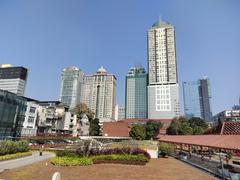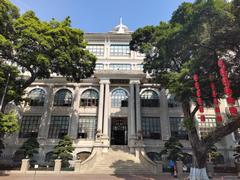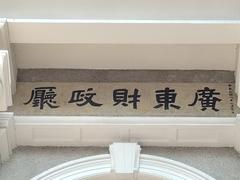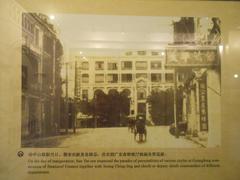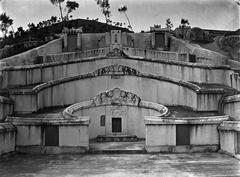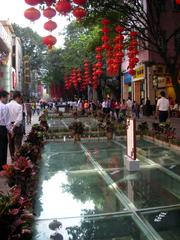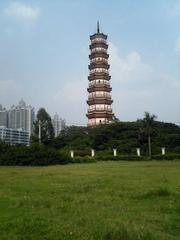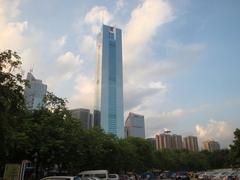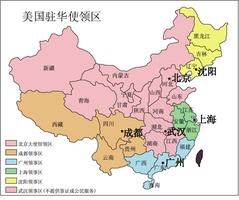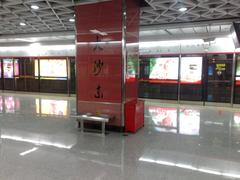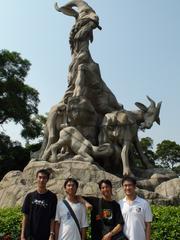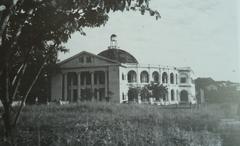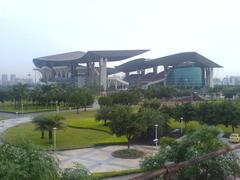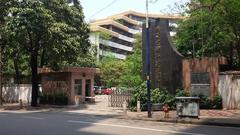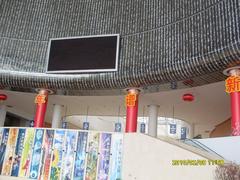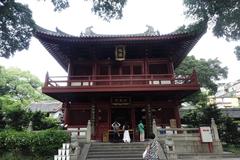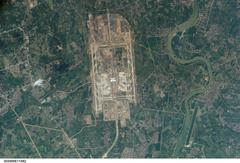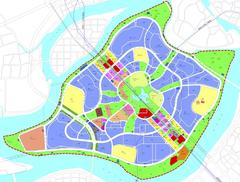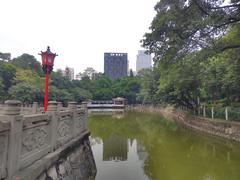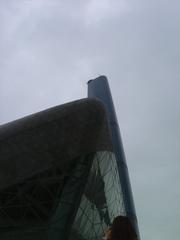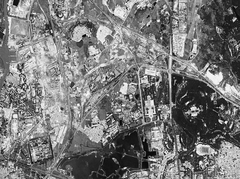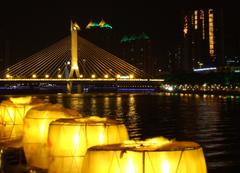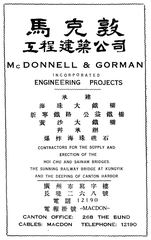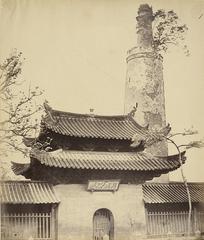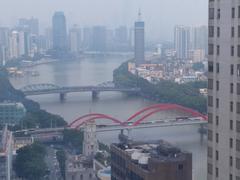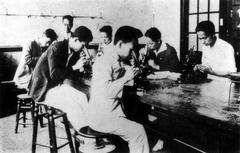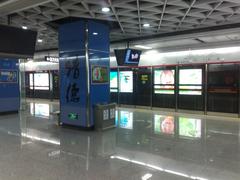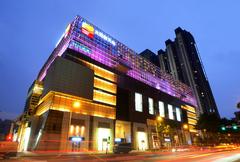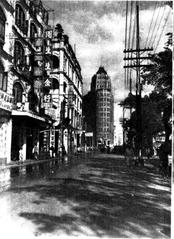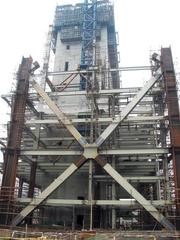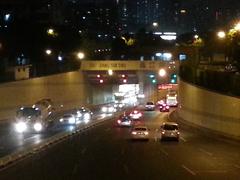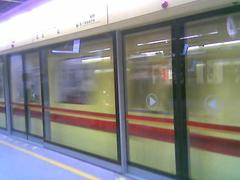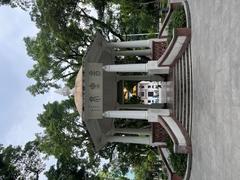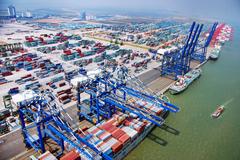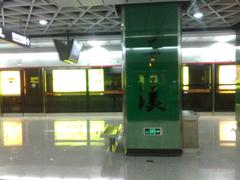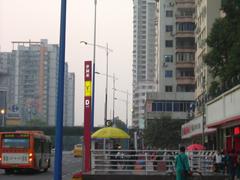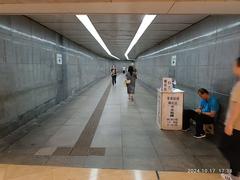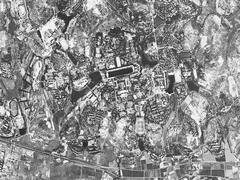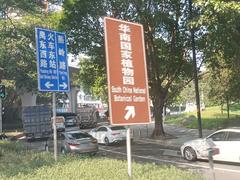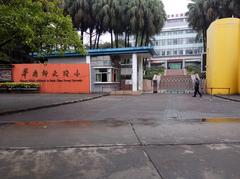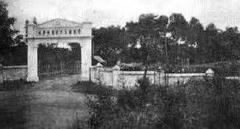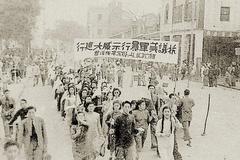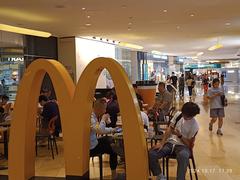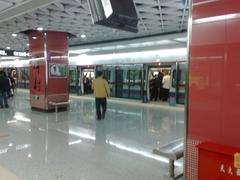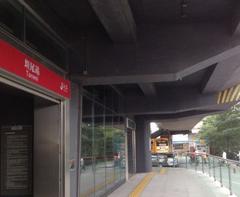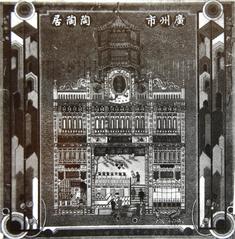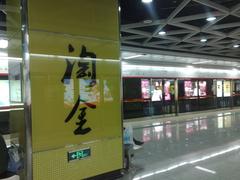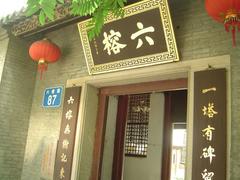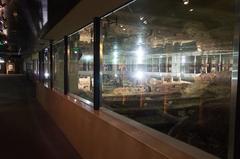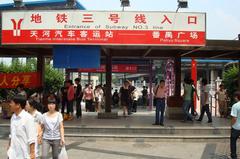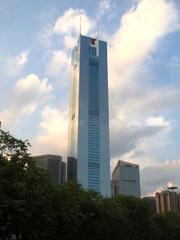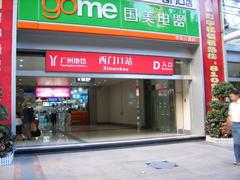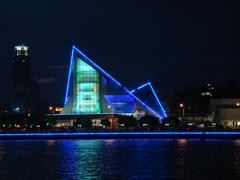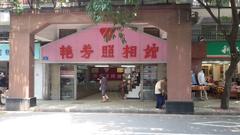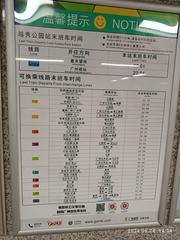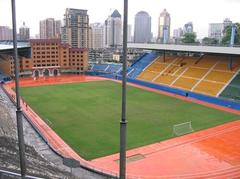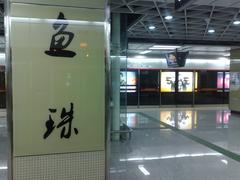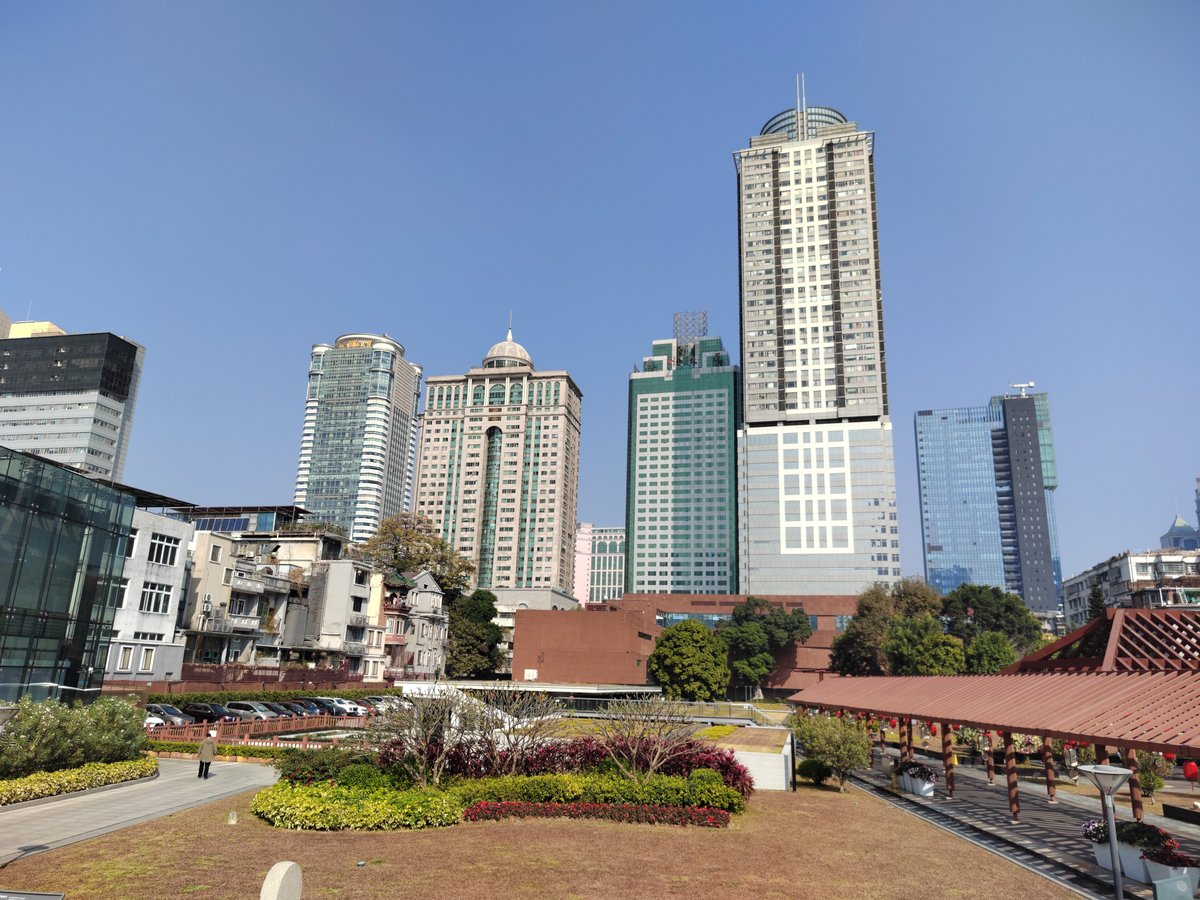
Department Of Finance Of Guangdong Province
Department of Finance of Guangdong Province: Visiting Hours, Tickets, and Comprehensive Visitor Guide
Date: 14/06/2025
Introduction
The Department of Finance of Guangdong Province, located in Guangzhou’s Yuexiu District, is a vital institution responsible for managing the fiscal strategy and economic policy of one of China’s most prosperous provinces. Its location in a historically rich urban environment makes it a focal point for those interested in governance, architecture, and regional development. This guide covers everything you need to know about the Department of Finance: its history, administrative functions, visiting protocols, practical tips, and nearby attractions, ensuring a comprehensive and smooth experience for official visitors and curious travelers alike (China Highlights; Focus International; Guangdong Government Work Report 2025).
Historical Evolution of the Department of Finance of Guangdong Province
Origins and Early Development
Established in the formative years of the People’s Republic of China, the Department of Finance of Guangdong Province has been central to the province’s economic administration. Guangzhou’s historical role as a major port city underscored the importance of robust fiscal management. The department was instrumental in managing public finances, resource allocation, and implementing fiscal policy, especially as Guangdong became an experimental ground for market-oriented reforms in the late 1970s (China Highlights).
Reform and Opening-Up Era
Guangdong led China’s economic transformation in the 1980s through its pioneering Special Economic Zones (SEZs) in cities like Shenzhen, Zhuhai, and Shantou. The Department of Finance oversaw these changes, ensuring fiscal stability and effective resource deployment to support rapid industrialization and economic liberalization. By 2003, the province’s per-capita GDP and overall revenue ranked among the highest in China, reflecting the department’s effective management (Focus International, p. 8).
Modernization and Performance-Based Budgeting
In the 2000s, the department implemented Performance-Based Budgeting (PBB), adopting international best practices to improve transparency and spending efficiency. The creation of a Performance Evaluation Division marked a shift toward data-driven policy assessment, supported by input from national and provincial experts (Focus International, p. 9-10).
Administrative Structure and Core Functions
Organizational Framework
Operating as part of the provincial government, the Department of Finance encompasses divisions for budgeting, taxation, asset management, and fiscal research. It works closely with other agencies such as the Human Resources and Social Security Department and the Guangdong Provincial Tax Service, ensuring comprehensive policy implementation and fiscal supervision (Guangzhou Government).
Fiscal Policy and Economic Development
The department’s responsibilities include drafting provincial budgets, allocating funds for infrastructure, education, healthcare, and managing investments. Notably, it has overseen investments exceeding 1 trillion yuan in major projects and prioritized R&D funding, maintaining Guangdong’s leadership in innovation (Guangdong Government Work Report 2025).
Policy Innovation and International Engagement
Guangdong’s Department of Finance is at the forefront of policy innovation, especially within the Guangdong Pilot Free Trade Zone. It has introduced reforms to align with international standards and supports major trade fairs and innovation events, integrating Guangdong further into the global economy (Guangdong Government Work Report 2025).
Impact on Public Services and Livelihood Programs
Social Welfare Initiatives
The Department finances Guangdong’s “Ten Livelihood Programs,” supporting education, healthcare, housing, and employment. It funds infrastructure projects and manages social programs such as unemployment insurance and skill improvement subsidies, directly contributing to public welfare (Focus International, p. 9; Guangzhou Government).
Transparency and Public Accountability
Fiscal transparency is a departmental priority. Regular publication of budget summaries and fiscal reports, coupled with digital platforms for subsidy applications, enhances accountability and streamlines public service delivery (Guangzhou Government).
Visiting the Department of Finance: Hours, Access, and Protocols
Visiting Hours and Tickets
The Department of Finance is an administrative office, not a tourist site. Public access is generally restricted to those with official business or academic research appointments. Standard working hours are Monday to Friday, 9:00 AM–12:00 PM, 2:00 PM–5:00 PM. The building is closed on weekends and public holidays (Trip.com).
- Tickets: No tickets are available or required; walk-in visits are not permitted. Appointments must be arranged in advance.
Security Procedures
Visitors must present valid identification (passport or Chinese ID) and appointment confirmation. Security includes bag checks and metal detectors. Photography inside the building is prohibited unless specifically allowed (Guangdong Provincial Government).
Language and Communication
Mandarin is the primary language; English proficiency among staff may be limited. Translation apps or a Chinese-speaking companion are recommended. Tourist information centers near major attractions offer multilingual support (Guangzhou International).
Dress Code and Etiquette
Formal or business-casual attire is expected. Men should wear collared shirts and trousers; women should opt for modest clothing. Flip-flops and sleeveless tops are discouraged. Interactions should be polite, and documents or business cards are best presented with both hands (TheGoGuy).
Accessibility and Facilities
The building is equipped with ramps and elevators. Public facilities inside are limited to those with official business; however, Yuexiu District has ample nearby amenities, restaurants, and hotels (TravelChinaGuide).
Architectural and Cultural Highlights
Architectural Features
The Department’s neoclassical building, a legacy of Guangzhou’s Republican era, features symmetrical lines, grand columns, and a blend of Western and Lingnan (Cantonese) elements. The façade is particularly photogenic in the morning and late afternoon (Guangzhou Government).
Cultural Significance
The building symbolizes Guangzhou’s economic leadership and its blend of tradition and modernity. Its proximity to sites like the Sun Yat-sen Memorial Hall and Chen Clan Ancestral Hall links it to the city’s broader narrative of openness, innovation, and heritage (China Discovery).
Nearby Guangzhou Historical Sites and Attractions
- Chen Clan Ancestral Hall: Renowned for Lingnan architecture and folk art.
- Shamian Island: Offers colonial architecture and riverside walks.
- Yuexiu Park: The city’s largest park, home to the Five Rams Statue.
- Guangxiao Temple: One of Guangzhou’s oldest Buddhist temples.
- Shangxiajiu Pedestrian Street: A vibrant area for shopping and local cuisine.
All are easily accessible via the Guangzhou Metro (TravelChinaGuide; Trip.com).
Practical Visitor Tips
- Transport: Use the Guangzhou Metro; stations Yuexiu Park and Gongyuanqian are closest.
- Appointments: Confirm your visit well in advance.
- ID: Carry your passport or official ID.
- Weather: The best travel period is October–December for mild weather (Tour-Beijing).
- Safety: Keep valuables secure; petty crime is rare in government districts.
- Language: Translation apps are helpful.
- Emergency Numbers: Call 110 for police, 120 for medical, and 119 for fire emergencies.
Frequently Asked Questions (FAQ)
Q: Can the public visit the Department of Finance building?
A: Visits are by appointment only for official purposes. The building is not open for general tourism.
Q: What are the visiting hours?
A: Monday–Friday, 9:00 AM–12:00 PM, 2:00 PM–5:00 PM; closed on weekends and holidays.
Q: Is photography allowed?
A: Photography inside is prohibited; exterior photos are allowed unless otherwise indicated.
Q: What other attractions are nearby?
A: Chen Clan Ancestral Hall, Shamian Island, Yuexiu Park, and Guangxiao Temple.
Conclusion
The Department of Finance of Guangdong Province is an administrative cornerstone with significant influence over the province’s economic trajectory. While access is limited to those with official appointments, its neoclassical presence and strategic location offer visitors a window into Guangzhou’s governance and heritage. Pairing your visit with nearby attractions and cultural experiences ensures a rewarding exploration of the city’s administrative and historical heart.
For the most up-to-date information on visiting protocols, events, and travel resources, consult the Guangdong Provincial Government portal and consider using travel planning apps.
Sources and Further Reading
- China Highlights
- Focus International
- Guangdong Government Work Report 2025
- Guangzhou Government
- China Discovery
- TravelChinaGuide
- Trip.com
- Trip.com
- Asia Odyssey Travel
- TheGoGuy
- Guangzhou International
- Tour-Beijing
